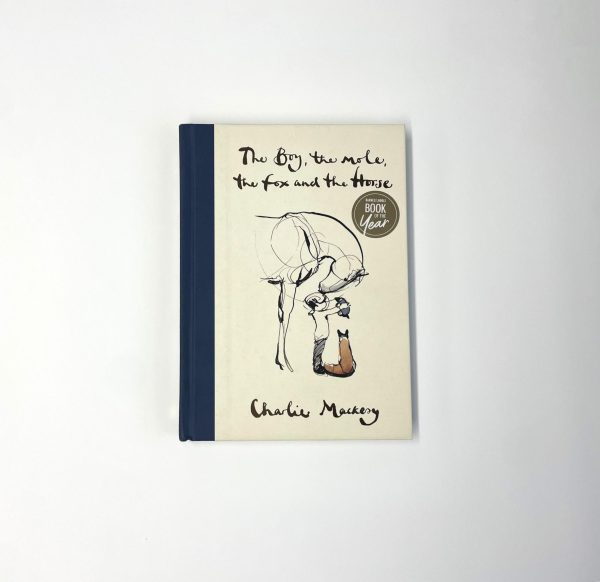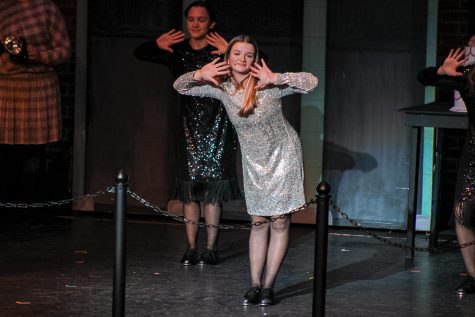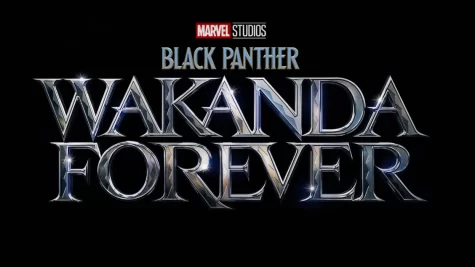Culture is not a costume
With the passing of Halloween, we are forced to consider how our choices of apparel have impacted minorities in the community
CORNFIELDS, COSTUMES AND CULTURE, OH MY: Throughout the year, and especially on Halloween, people don clothes and styles of cultural significance to minorities. Wearing these styles, like cornrows, and treating them as costumes is cultural appropriation.
November 1, 2016
Sitting at my aunt’s feet, I slouched against the stained brown couch. Her dark hands tugged at my kinky curls. She detangled each ringlet, prepping my hair for cornrows. Once I was tangle-free, she divided my hair into small sections and started braiding.
I distracted myself from the smell of Dollar General hair gel and unwashed clothes by searching through the clear tub of multi-colored beads on my lap. As a nine year old, I loved the hot pink ones shaped like hearts.
Back then, there was nothing that made me happier than imagining what my hair would look like with a few beads dangling from the end of each cornrow.
After slathering on the gel to prevent my braids from getting frizzy, my aunt braided for an hour. This was when I usually started complaining about my head hurting. All she’d ever say was “Beauty is pain,” and keep going.
I hated the painful process of getting cornrows, but I loved how I looked once they were in.
Flinging my braids from side to side, I’d dart outside with my cousins and skip around the run-down neighborhood full of chipping, dilapidated houses and grin. The sound of jingling pink beads echoed through the neighborhood.
Cornrows have been an important part of my past and black culture in general. Not only did they protect my hair, I loved them. I felt beautiful and, for some reason, strong. That feeling dissipated when I left my aunt’s black neighborhood and came home to our white community.
I went from beautiful to the biracial third-grader with the weird hair.
As one of the only minority children at my elementary school, I learned at a young age how something as simple as a hairstyle can set you apart from everyone else. Kids simply weren’t familiar or comfortable with my culture and I was teased because my hair was different than theirs.
Eventually, I grew out of cornrows as I started styling my own hair and thought little about them- until I entered high school.
For the past few years, members of girl’s sports teams have cornrowed their hair. In order to match each other, some girls donned the style, though they didn’t want to, and laughed at it as though it were a joke.
People from the same community that once made me feel uncomfortable by judging and mocking my culture were doing it again. The same history I witnessed them deny, they were quick to borrow and laugh at when they saw it convenient.
This use of cornrows as a costume and a hairstyle to be laughed at is cultural appropriation.
Cultural appropriation is the adoption or use of elements of one culture by members of a different one. There’s been a lot of talk of cultural appropriation in the media. Until now, I insisted on staying out of the debate. The way I saw it, it was nearly impossible to decipher what can and can’t be done, said, or worn.
But I’ve realized that it is possible to borrow from one another without disrespecting a culture. There is a difference between appropriation and appreciation.
Cultural appreciation is when elements of a culture are used while honoring the source they came from. Unlike appropriation, appreciation involves respect.
Cornrow braiding dates back to ancient civilizations in Africa, such as Nigeria and Egypt. In Africa, the act of braiding transmitted cultural values between generations.
After Africans were captured and sold into American slavery, knowledge of African hairstyles lingered. Reestablishing traditional styles in the new world became a symbol of resistance and eventually cultural and self-acceptance.
From a young age, black and biracial women are unintentionally taught that our hair is not good enough. Our relatives are always straightening it or trying to tame with chemicals. Our hair is often deemed unprofessional and wild. At some point, we’re forced to make a decision. Do we change our hair or do we embrace it? Do we laugh in the face of society or do we chip away at the core of who we are?
For some women, it’s a hard decision.
The day we learn to value our natural hair is a revolutionary moment in our lives. But this issue is more important than a white girl wearing a couple of braids. It’s about identity. Hair is a part of our identity, and when that is rejected, we feel rejected.
Grand Haven’s population is 95 percent white and has a median household income of $44,000- so, basically, we’re a town of middle class white people. When you grow up in or are placed in a community of people that are fundamentally the same in ways you are different, you struggle with who you are. And yes, that can manifest itself in the form of a hairstyle, especially at a young age. That seems insignificant to a group of people who have never felt like outsiders.
But it’s not.
This poses a bigger question- how many minorities in our community have felt this way? Cultural appropriation goes beyond cornrows. When you wear clothing and styles inspired by other religions and cultures to dress up in without regard for the culture itself, you are perpetuating the discomfort minorities here feel.
It’s a fine line to walk; we’re lucky to live in a world so diverse and so filled with a variety of different people. It’s impossible not to borrow from one another, and we should be able to. But when it comes to certain aspects, we need to be aware of what exactly we’re taking and why.
You can’t wear a culture as a costume.








